 To enhance service speed and avoid tariff delays, we've opened a US warehouse. All US orders ship directly from our US facility.
To enhance service speed and avoid tariff delays, we've opened a US warehouse. All US orders ship directly from our US facility.
| Cat. No. | Product Name | Field of Application | Chemical Structure |
|---|---|---|---|
| DCH-009 | Quercetin Featured |
Quercetin, a natural flavonoid, is a stimulator of recombinant SIRT1 and also a PI3K inhibitor with IC50 of 2.4 μM, 3.0 μM and 5.4 μM for PI3K γ, PI3K δ and PI3K β, respectively.
More description
|

|
| DCS-103 | Lycorine Featured |
Lycorine is a natural alkaloid extracted from the Amaryllidaceae plant. Lycorine is a potent and orally active SCAP inhibitor with a Kd value 15.24 nM. Lycorine downregulates the SCAP protein level without changing its transcription. Lycorine is also a melanoma vasculogenic inhibitor. Lycorine can be used for the study of prostate cancer and metabolic diseases.
More description
|
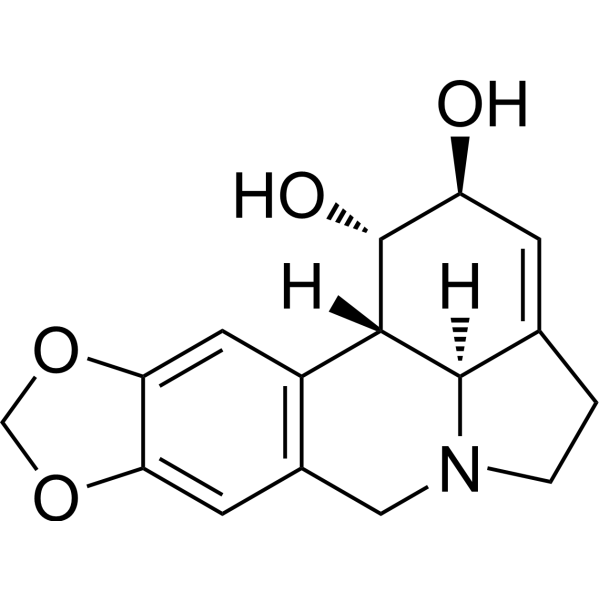
|
| DC83215 | DMAP-BLP |
DMAP-BLP is a lipid for RNA and vaccine delivery.DMAP-BLP exhibits optimized bilayer destabilizing and pKa properties leading to highly potent gene silencing in hepatocytes following IV administration that is similar to “gold standard” lipids such as DLinMC3-DMA.
More description
|

|
| DCAP008 | QS-21 Featured |
QS-21, an immunostimulatory saponin, could be used as a potent vaccine adjuvant. QS-21 stimulates Th2 humoral and Th1 cell-mediated immune responses through action on antigen presenting cells (APCs) and T cells. QS-21 can activate the NLRP3 inflammasome with subsequent release of caspase-1 dependent cytokines, IL-1β and IL-18[1][2][3].
More description
|
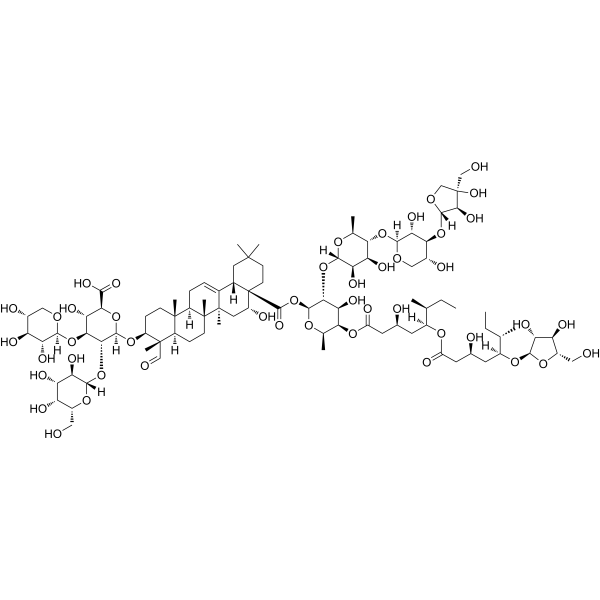
|
| DCY-048 | Topotecan hydrochloride Featured |
Topotecan Hydrochloride (SKF 104864A Hydrochloride) is a Topoisomerase I inhibitor with potent antineoplastic activities.
More description
|
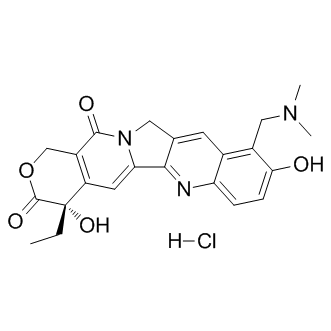
|
| DCX-025 | Sanguinarine Featured |
Sanguinarine (Sanguinarin), a benzophenanthridine alkaloid derived from the root of Sanguinaria Canadensis, can stimulate apoptosis via activating the production of reactive oxygen species (ROS). Sanguinarine-induced apoptosis is associated with the activation of JNK and NF-κB.
At equivalent molar concentrations, both the salt and free forms of a compound exhibit comparable biological activity. Nevertheless, the salt form (Sanguinarine chloride) usually boasts enhanced water solubility and stability.
More description
|
.gif)
|
| DCY-016 | Yohimbine hydrochloride Featured |
Yohimbine hydrochloride is an alpha-2 renal adenomatase receptor inhibitor, blocking pre- and post-contact alpha-2 renal adenomatase receptors, causing the release of renal adenoma and multiple sclerosis.
More description
|
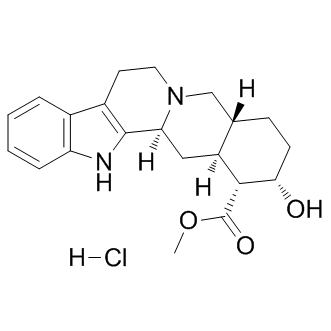
|
| DCT-004 | Crustecdysone Featured |
Crustecdysone (20-Hydroxyecdysone) is a naturally occurring ecdysteroid hormone isolated from Serratula coronata which controls the ecdysis (moulting) and metamorphosis of arthropods, it inhibits caspase activity and induces autophagy via the 20E nuclear receptor complex, EcR-USP. Crustecdysone exhibits regulatory or protective roles in the cardiovascular system. Crustecdysone is an active metabolite of Ecdysone (HY-N0179).
More description
|
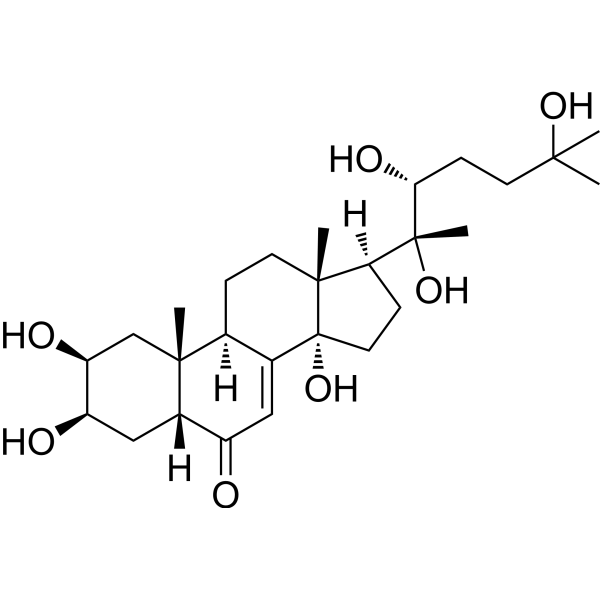
|
| DCN-014 | Tauroursodeoxycholic acid Featured |
Tauroursodeoxycholate (Tauroursodeoxycholic acid) is an endoplasmic reticulum (ER) stress inhibitor. Tauroursodeoxycholate significantly reduces expression of apoptosis molecules, such as caspase-3 and caspase-12. Tauroursodeoxycholate also inhibits ERK.
More description
|
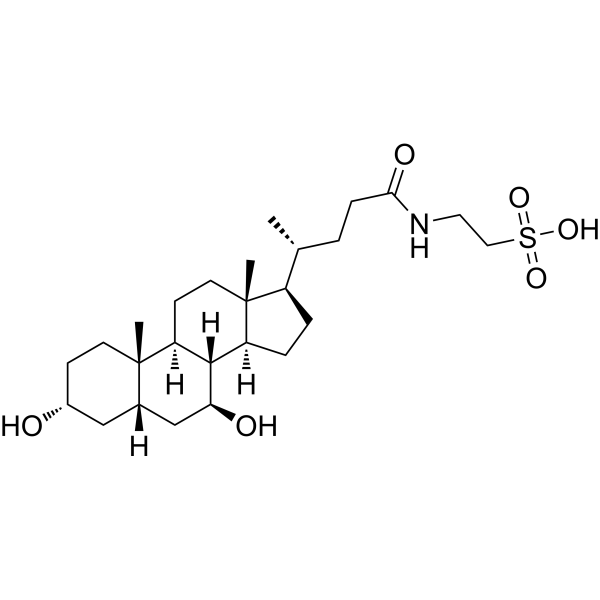
|
| DCZ-139 | Higenamine hydrochloride Featured |
Higenamine hydrochloride is a selective LSD1 inhibitor (IC50=1.47 μM) that can be isolated from aconite. Higenamine hydrochloride has anti-inflammatory and antibacterial activity. Higenamine (Norcoclaurine) can attenuate IL-1β-induced Apoptosis through ROS-mediated PI3K/Akt signaling pathway. Higenamine hydrochloride protects brain cells from oxygen deprivation. Higenamine can promote bone formation in osteoporosis through the SMAD2/3 pathway. Higenamine hydrochloride can be used to study cancer, inflammation, cardiorenal syndrome and other diseases.
More description
|
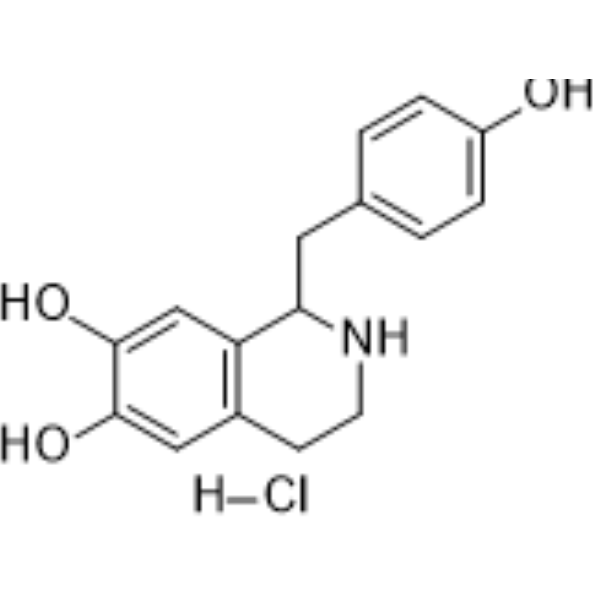
|
| DCN-005 | Butylparaben Featured |
Butylparaben is an organic compound that has proven to be a very successful antimicrobial preservative in cosmetics, can also be used in active molecule suspensions, and as a food flavoring additive.
More description
|
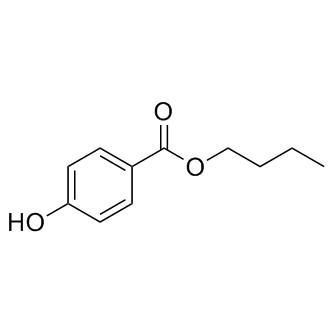
|
| DCY-156 | cis-9-Octadecenoic acid Featured |
cis-9-Octadecenoic acid is an abundant monounsaturated fatty acid. Oleic acid is a Na+/K+ ATPase activator.
More description
|
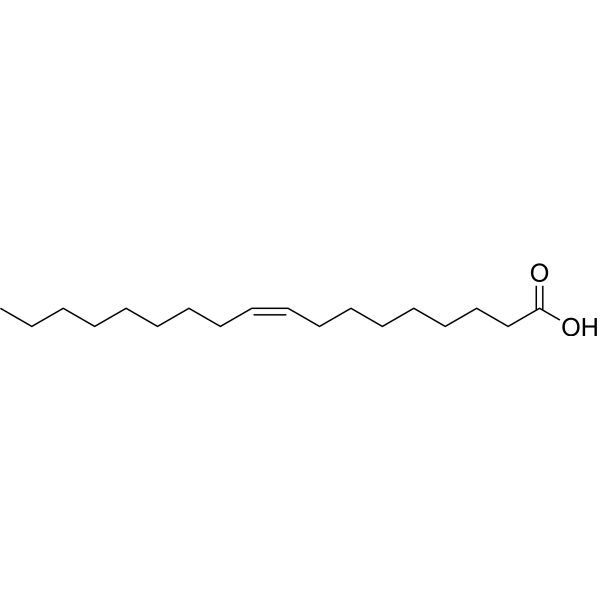
|
| DCG-043 | Triolein Featured |
Triolein is a symmetric triacylglycerol that reduces upregulation of MMP-1 and has strong antioxidant and anti-inflammatory activities.
More description
|
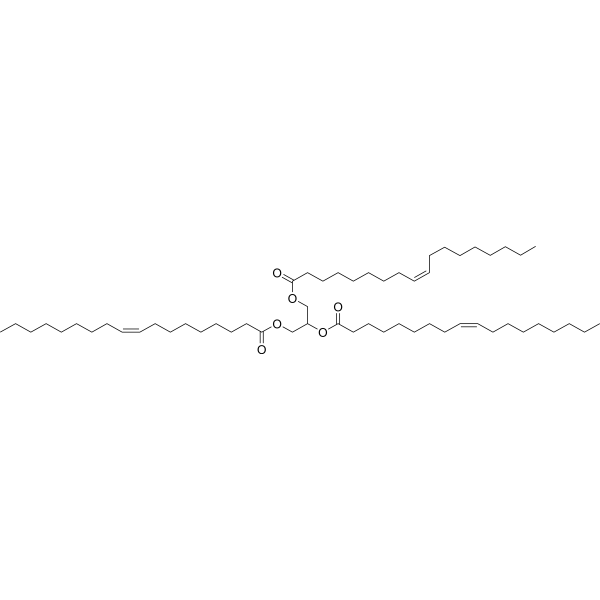
|
| DCW-004 | Citric acid Featured |
Citric acid is a natural preservative and food tartness enhancer. Citric acid induces apoptosis and cell cycle arrest at G2/M phase and S phase in HaCaT cells. Citric acid cause oxidative damage of the liver by means of the decrease of antioxidative enzyme activities. Citric acid causes renal toxicity in mice.
More description
|
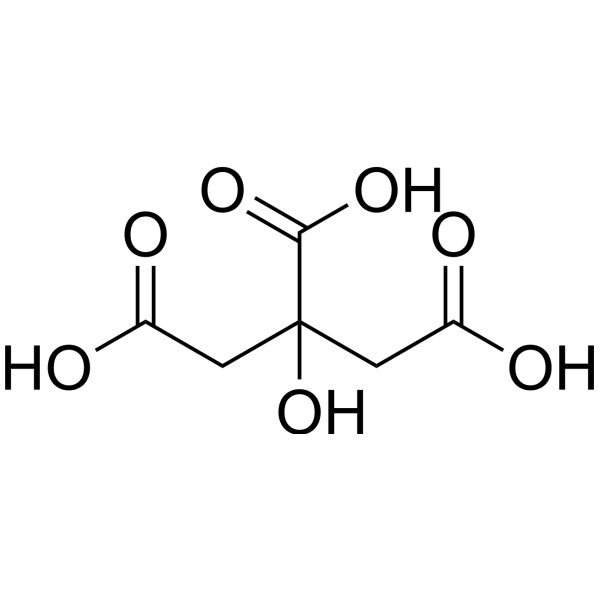
|
| DCQ-064 | Penicillinase |
Penicillinase is a beta-lactamase. beta-lactamase enzymes inactivate beta-lactam antibiotics by hydrolyzing the peptide bond of the characteristic four-membered beta-lactam ring rendering the antibiotic ineffective.
More description
|

|
| DCZ-284 | Allosecurinine |
Allosecurinine (Phyllochrysine) is a Securinega alkaloid isolated from Phyllanthus glaucus .
More description
|
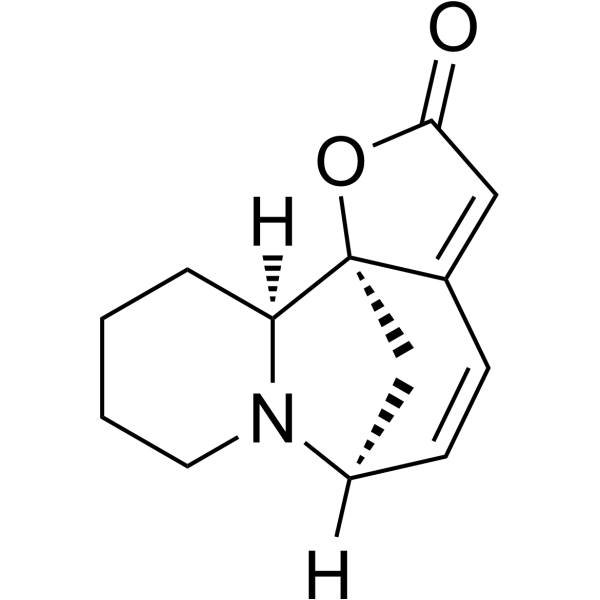
|
| DCQ-080 | Dehydrotrametenolic acid |
Dehydrotrametenolic acid is a sterol isolated from the sclerotium of Poria cocos. Dehydrotrametenolic acid induces apoptosis through caspase-3 pathway. Dehydrotrametenolic acid has anti-tumor activity, anti-inflammatory, anti-diabetic effects.
More description
|
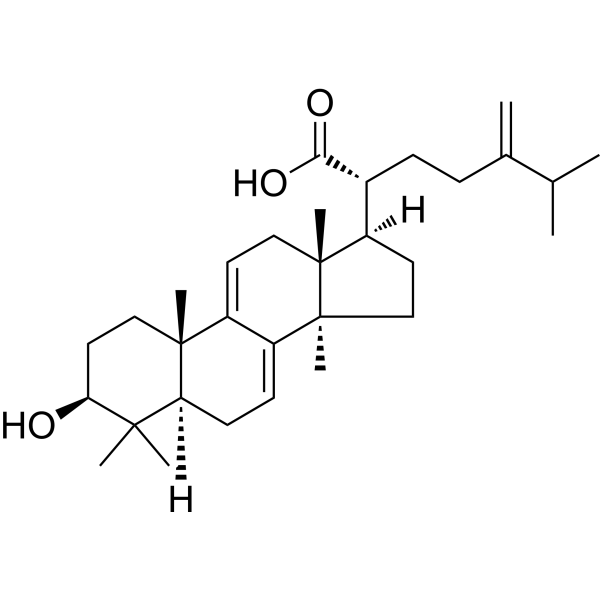
|
| DCZ-048 | ligupurpuroside B |
Ligupurpuroside B is a glycoside isolated from Ligustrum robustum, with antioxidant activity.
More description
|
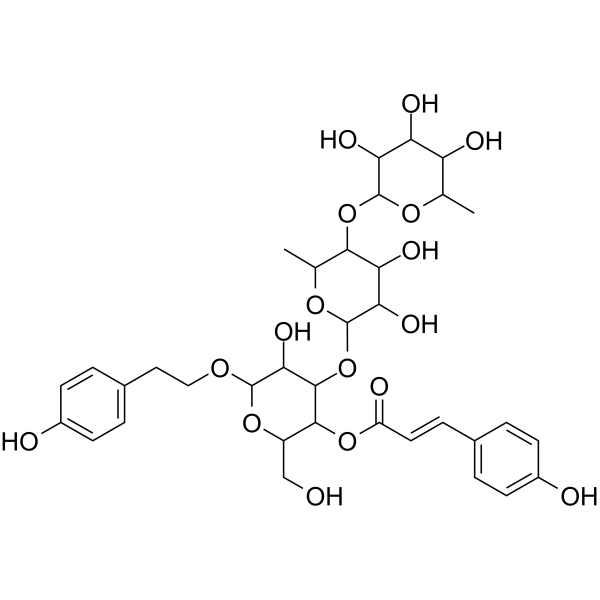
|
| DCZ-047 | Ligupurpuroside A |
Ligupurpuroside A is an active product that can be extracted from Ligustrum robustum. Ligupurpuroside A acts as a natural inhibitor of lipase in a competitive manner.
More description
|
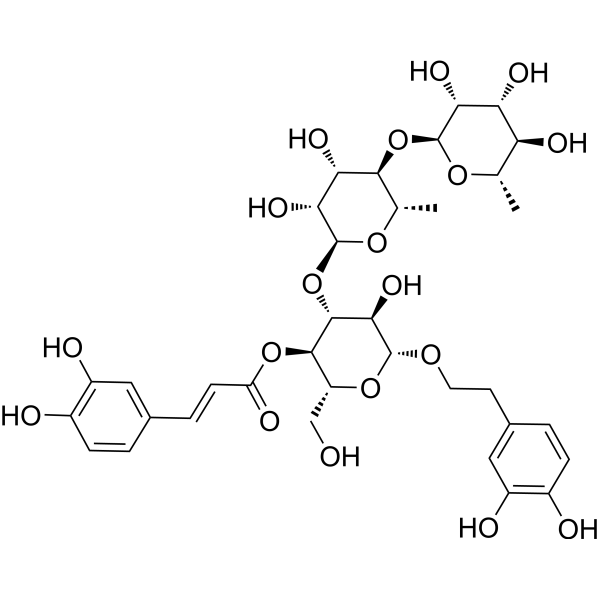
|
| DCJ-063 | 10-Methoxycamptothecin |
10-Methoxycamptothecin is a natural bioactive derivative of camptothecin (CPT) isolated from Camptotheca acuminata, and has been confirmed to possess high anti-cancer properties. 10-Methoxycamptothecin has higher cytotoxicity than 10-hydroxycamptothecin by testing antitumor activity against 2774 cell lines.
More description
|
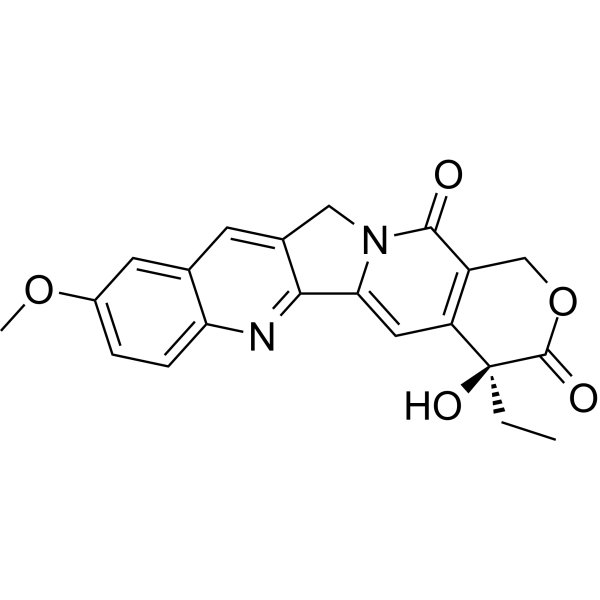
|
| DCZ-049 | Ligupurpuroside C |
Ligupurpuroside C is a natural phenylethanoid glycoside isolated from Kudingcha.
More description
|
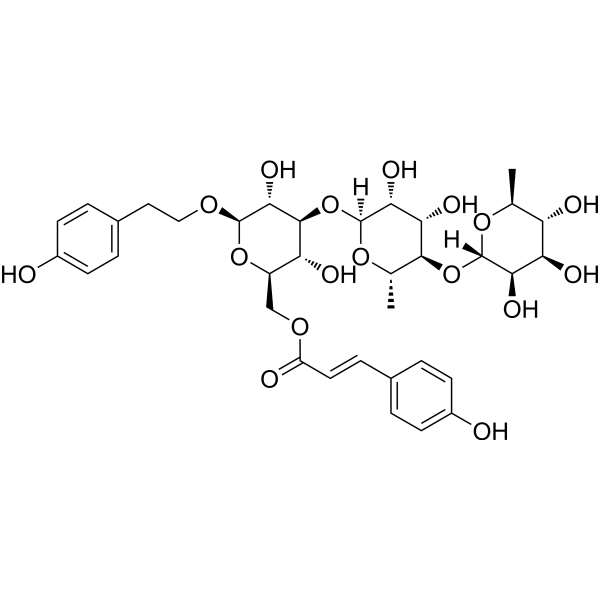
|
| DCZ-050 | Ligupurpuroside D |
Ligupurpuroside D is a phenylethanoid glycoside that can be isolated from Ligustrum purpurascens. Ligupurpuroside D has antioxidant activity.
More description
|
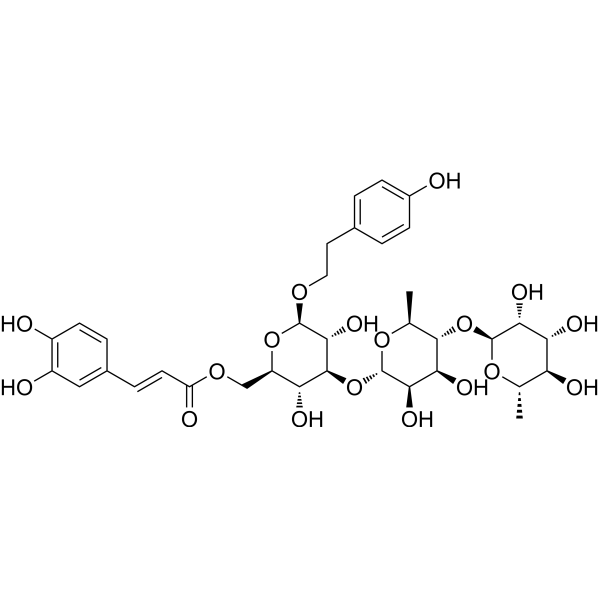
|
| DCZ-051 | cis- Ligupurpuroside B |
cis-Ligupurpuroside B is a phenylethanoid glycoside that can be found L. purpurascens.
More description
|
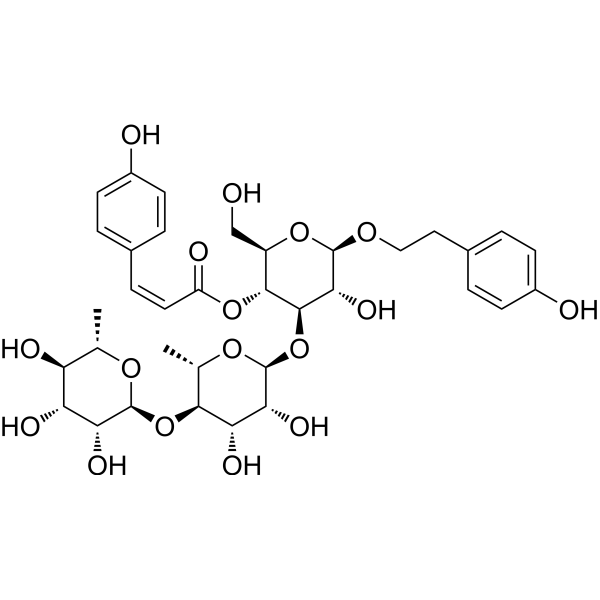
|
| DCL-064 | Foresaconitine |
Foresaconitine(Vilmorrianine C) is a norditerpenoid alkaloid isolated from the processed tubers of Aconitum carmichaeli.
More description
|
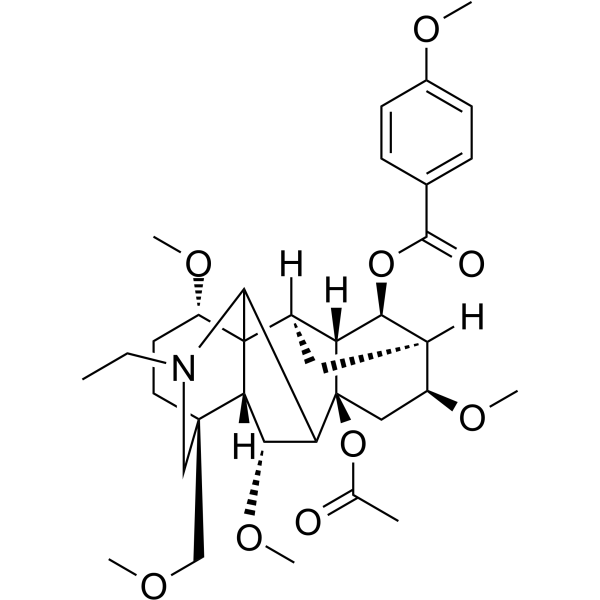
|
| DCQ-069 | Dehydrodicentrine |
Dehydrodicentrine is an alkaloid inhibitor of acetylcholinesterase (AChE) (IC50=2.98 μM). Dehydrodicentrine.
More description
|
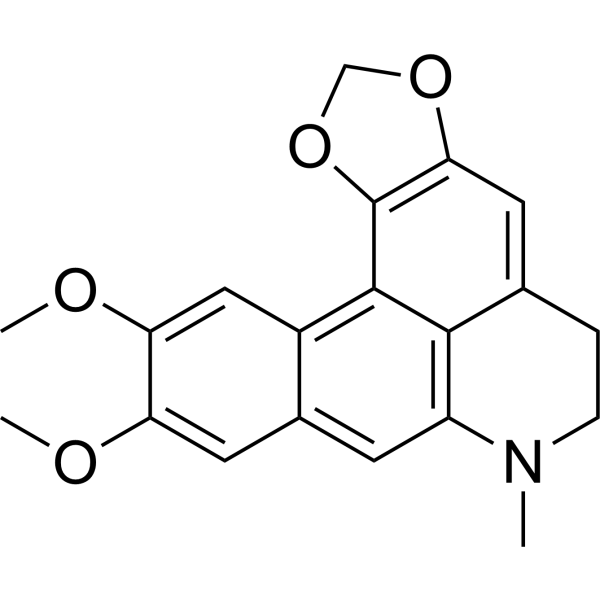
|
| DCR-042 | Lonicerin |
Lonicerin is an anti-algE (alginate secretion protein) flavonoid with inhibitory activity for P. aeruginosa. Lonicerin prevents inflammation and apoptosis in LPS-induced acute lung injury.
More description
|
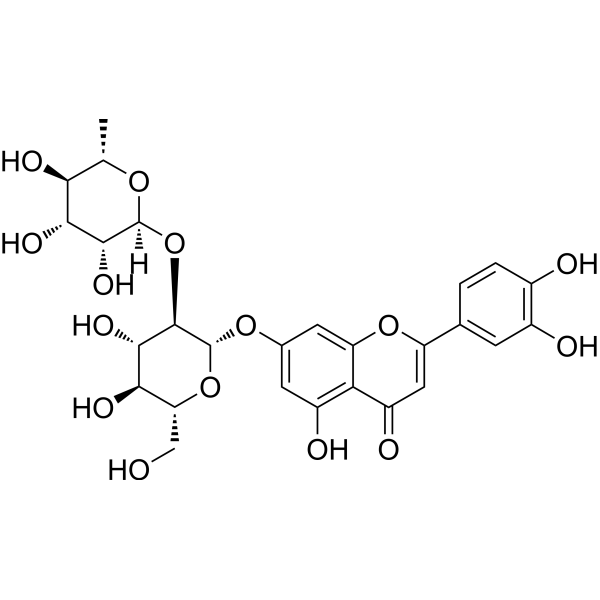
|
| DCY-111 | Heteroclitin D |
Heteroclitin D is a lignin from Kadsura medicinal plants with anti-liqid peroxidation. Heteroclitin D inhibits L-type calcium channels.
More description
|
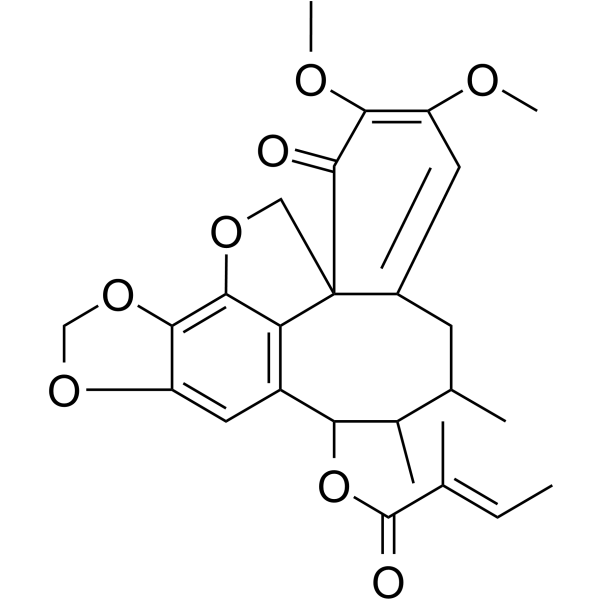
|
| DCC-080 | Waltonitone |
Waltonitone is a ursane-type pentacyclic triterpene isolated from Gentian waltonii Burkill. Waltonitone significantly inhibits hepatocellular carcinoma cells growth and induces apoptosis in vitro and in vivo.
More description
|
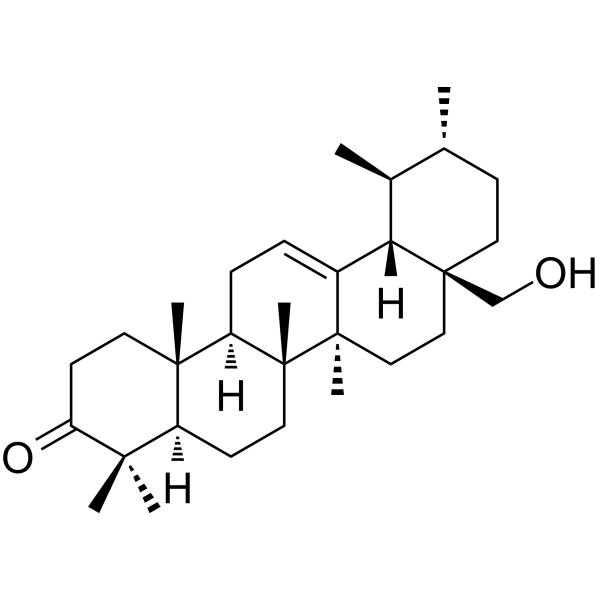
|
| DCS-084 | Notoginsenoside Ft1 |
Notoginsenoside Ft1 is a saponin isolated from Panax notoginseng; stimulator of angiogenesis.
More description
|
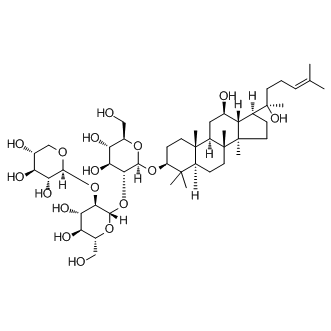
|
| DCS-090 | Liriopesides B |
Liriopesides B (Nolinospiroside F) is a steroidal saponin isolated from Ophiopogon japonicas. Liriopesides B has anti-oxidative and anti-aging effects.
More description
|
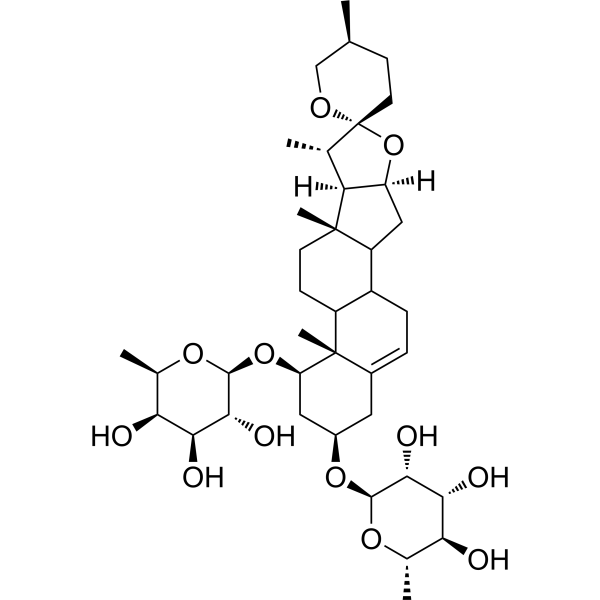
|